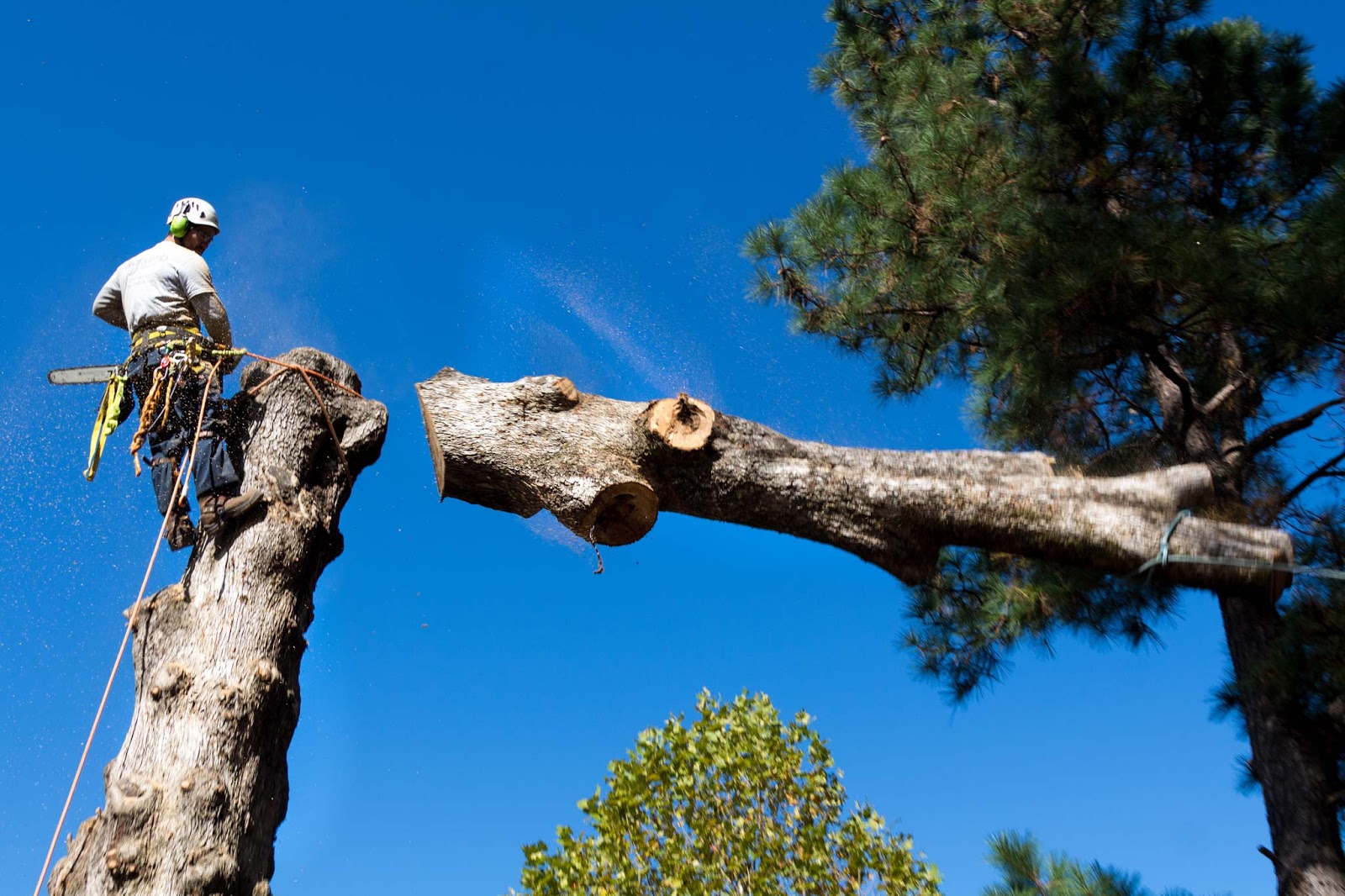Timber are not just a gorgeous addition to our scenery; they play a crucial role in our ecological balance and the overall health of our environment. Yet, maintaining tree health requires expertise, attention to detail, and a comprehensive understanding of botany and ecology, which is where licensed arborists come into play. These trained professionals possess the knowledge and tools necessary to identify tree issues, provide suitable care, and ensure the well-being of both trees and the people who work with them.
In today's post, we will delve into the field of arborists and explore their essential role in tree care. From understanding the significance of hiring a certified arborist to recognizing the signs that a tree may need professional attention, we will cover a broad range of topics that showcase the principles, techniques, and practices that keep our trees healthy and growing. Whether you are a homeowner looking to upgrade your property or simply curious about tree care, insights from certified arborists can help you navigate the details of tree maintenance and support lasting growth in our communities.
The Importance of Licensed Arborists
Hiring a certified arborist is essential for ensuring the vitality and strength of your trees. Certified arborists possess in-depth knowledge of tree biology, pathology, and proper care techniques. Their education equips them with the competencies needed to successfully assess tree health, diagnose diseases, and recommend appropriate treatments. This specialization is particularly important in urban settings where trees face various challenges, such as pollution, compacted soil, and limited growing space.
Moreover, certified arborists stay updated on the latest industry standards and practices. They understand the importance of using the right tools and techniques for tasks like trimming, supporting, and tree removal. By working with a professional, you not only get access to this specialized expertise but also ensure that your trees are maintained in a way that minimizes risks and enhances their overall beauty and ecological benefits. The difference a certified arborist can make is frequently clear in the health of your trees.

In conclusion, working with a licensed arborist can help you save you effort and money in the long run. Their accurate assessments can prevent costly mistakes that often happen from DIY attempts or hiring unqualified people. With tree services cork on tree health, they can spot potential problems before they grow, allowing for timely interventions. Ultimately, opting for a licensed arborist is an contribution in the preservation and appeal of your landscape.
Critical Arboricultural Care Methods
Preserving tree health needs a proactive approach that entails routine inspections and prompt interventions. Certified arborists recommend an annual assessment to spot potential issues early, such as disease or pest infestations. By understanding the signs of tree stress, such as discolored leaves or unusual growth patterns, arborists can provide targeted treatments that secure trees continue to be robust and thriving throughout the seasons.
Trimming is another essential practice in tree care, as it not only boosts the tree's aesthetic appeal but also promotes its overall health. Arborists stress the importance of timing and technique when trimming. Appropriate pruning methods can help to eliminate dead or diseased branches, enabling for better air circulation and sunlight penetration. Understanding when to prune is essential; for many trees, the end of winter or early spring is ideal before new growth starts.
Furthermore, soil health is vital for tree vitality. Arborists often advise on proper mulching techniques, which can help keep moisture, suppress weeds, and regulate soil temperature. They grasp the intricacies of tree root systems and advocate for practices that lessen soil compaction and promote healthy root development. By implementing these essential care practices, property owners can nurture strong and resilient trees that contribute the environment and enhance property value.
Tree Health and Care Strategies
Maintaining tree health involves grasping the specific needs and conditions impact trees in both urban and rural environments. One of the key strategies is consistent monitoring of tree health through inspections by certified arborists. These experts assess multiple elements such as soil quality, leaf health, and overall structure to detect any emerging issues. By actively addressing problems such as nutrient deficiencies or pest infestations, arborists can help sustain the vitality of trees and support their longevity.
Cutting back is a further crucial management strategy employed by arborists to promote healthy growth. It involves removing dead or diseased branches and thinning out crowded areas to improve light penetration and air circulation. Understanding the proper timing and techniques for pruning is vital, as each tree species has different requirements. Professional arborists apply their expertise of tree biology to ensure pruning enhances the tree's health rather than causing harm, eventually fostering a robust and well-formed canopy.
Moreover, arborists emphasize the importance of proper tree planting and mulching techniques. These practices not only enhance the visual value of landscapes but also contribute considerably to the health and stability of trees. Arborists advise on selecting appropriate tree species for particular environments, ensuring that young trees receive sufficient care as they establish. Integrating these management strategies creates a long-lasting approach to tree care, promoting resilience against disease, pests, and environmental stressors.
